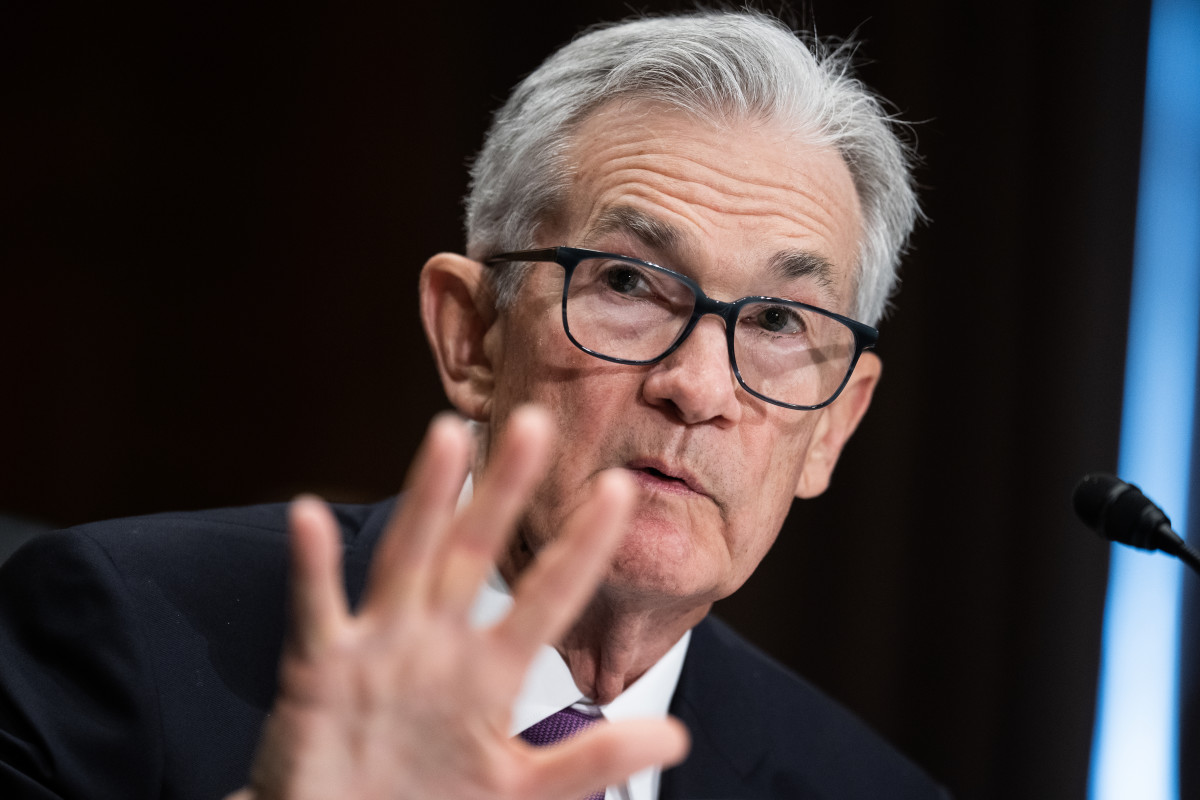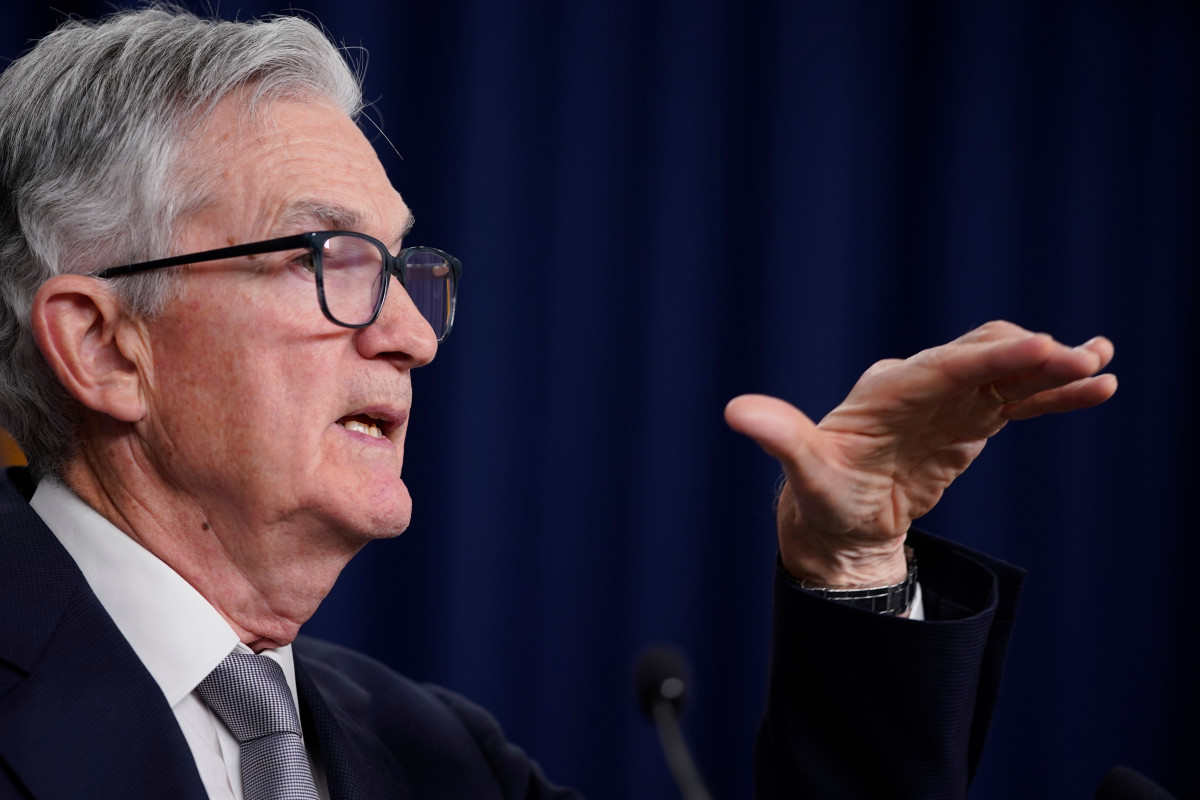
The Federal Reserve's preferred measure of inflation held steady in June, data indicated Friday, but softening trends in income and spending will likely cement the case for an autumn rate cut.
The Bureau of Economic Analysis' PCE Price Index report showed that core prices rose at an annual rate of 2.6% last month, matching last month's reading but modestly higher than Wall Street's 2.5% forecast.
Core pressures, which strip away volatile food and energy prices, were up 0.2% in the month, a quicker pace than May's 0.1% gain. Again, they were just ahead of Wall Street's consensus estimate.
Markets focus on the core PCE inflation reading, which the Fed considers a more accurate representation of overall price pressures, as it incorporates changes in consumer spending patterns.

Meanwhile, the headline inflation index held an annual rate of 2.5%, matching Wall Street's forecast and down from the 2.6% pace recorded in May. Prices were up 0.1% on the month, the BEA said, following an unchanged reading in May.
The BEA also noted that personal incomes for June rose 0.2%, down from the revised 0.4% pace in May, reflecting some softness in the labor market. Spending slowed to a 0.3% rise compared with the 0.4% gain over the previous month.
"Today’s PCE reading wasn’t exactly what the Fed was looking for after this month’s CPI surprise, but doesn’t change the narrative based on data-dependency," said Tim McDonough, vice president and senior portfolio manager at Key Wealth.
"The Fed can still set the table at the July meeting and serve the first cut in September," he added.
Related: Former Fed official changes tune on what's next for interest rates
Stocks changed little following the inflation data release, with futures contracts tied to the S&P 500 suggesting a 42-point opening bell gain and the Dow Jones Industrial Average, which was 245 points higher.
Benchmark 10-year note yields slipped 2 basis points to 4.221% following the data release, while 2-year notes eased 2 basis points to 4.416%.
The U.S. dollar index, which tracks the greenback against a basket of six global currencies, was marked 0.06% higher at 104.417.
The CME Group's FedWatch now suggests just a 7% chance of a rate cut from the Fed next week, but the odds of a quarter-point reduction in September are pegged at around 90%.
"Overall, it’s been a good week for the Fed. The economy appears to be on solid ground, and PCE inflation essentially remained steady," said Chris Larkin, managing director for trading and investing at E*Trade from Morgan Stanley.
"But a rate cut next week remains a longshot. And while there’s plenty of time for the economic picture to change before the September meeting, the numbers have been trending in the Fed’s direction," he added.
Earlier this month, the Commerce Department's headline Consumer Price Index (CPI) for June was pegged at an annual rate of 3%, down from 3.3% in the prior month and matching the lowest levels in three years.
On a monthly basis, price pressures fell 0.1% from May, one of the largest declines in more than three years, thanks in part to a 4% decline in gasoline prices.
Related: Veteran fund manager sees world of pain coming for stocks







